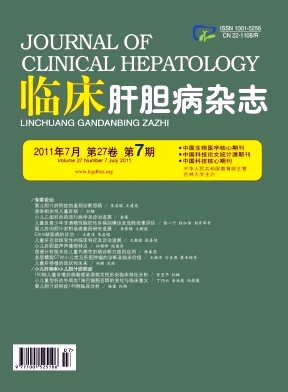Objective To evaluate the prognostic value of the model for end-stage liver disease (MELD) , MELD-Na scoring system (MELD-Na) , MELD to serum sodium ratio (MESO) index and Child-Pugh grading for patients with decompensated hepatic cirrhosis.Methods One-hundred and forty decompenstated liver cirrhotic patients were retrospectively analyzed and MELD score, MELD-Na score, MESO index and CTP score was compared between the death and survival groups at 3, 6 and 12 months.The accuracy of the four parameters in predetermining the prognosis were analyzed by using the receiver operating characteristic (ROC) curve and the area under ROC (AUC) .The optimal threshold was calculated by ROC curves.Results During follow-up, at 3, 6 and 12 months, MELD, MELD-Na, MESO and CTP score were significantly different between death group and survival group.There were significant differences of the AUC value generated by the ROC curves among MELD-Na scoring, MESO index, MELD scoring and CTP scoring (P<0.05) , but there was no significant difference between MELD scoring and CTP scoring (P>0.05) .Conclusion MELD-Na scoring, MESO index, MELD scoring sysytem and CTP scoring can predict the prognosis of decompensated hepatic cirrhosis, in which the MELD-Na scoring system is the best.













 DownLoad:
DownLoad: